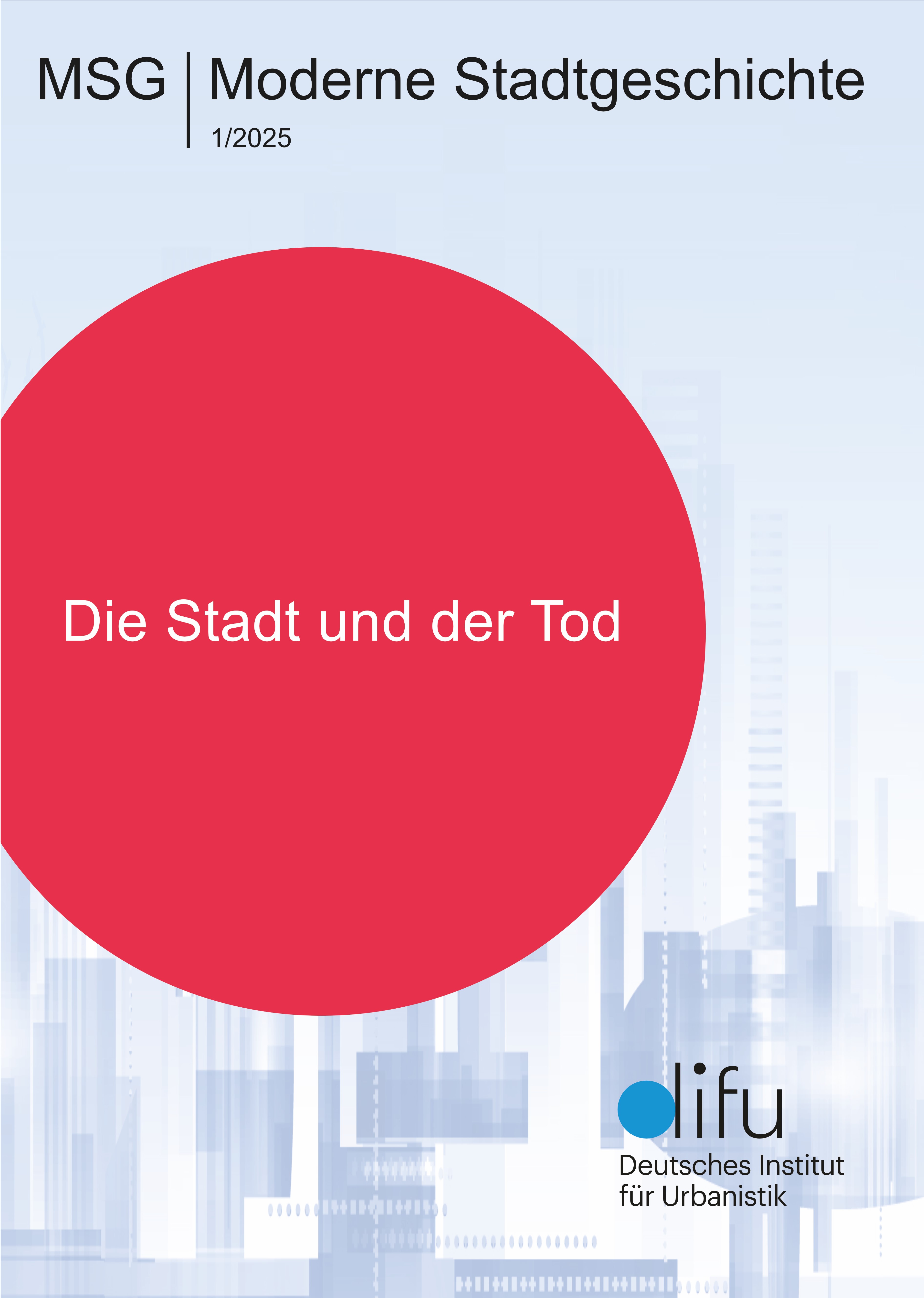A Cemetery Fit for a Cultured and Christian City. Religious Freedom, Cultural Diversity, and the Urban Landscape in the Late-Nineteenth-Century Spanish Caribbean
DOI:
https://doi.org/10.60684/msg.v56i1.90Abstract
The Cementerio de Cristóbal Colón (Colón Cemetery) in Havana, Cuba, is a renowned cultural and architectural landmark. Just a few blocks away lies the smaller Cementerio Chino (Chinese Cemetery). Both were built in the late 19th century, with the Catholic Colón Cemetery representing the legal and cultural identity of the Spanish colony, while the Chinese cemetery served a racially and religiously marginalized population. This article examines the management of non-Catholic bodies in Havana, focusing on the establishment of burial grounds for those outside the Catholic faith. Through a comparative analysis of Protestant groups and Chinese immigrants, it explores the struggle for separate burial spaces, shedding light on the negotiations, conflicts, and accommodations surrounding their creation. The findings contribute to our understanding of how immigrant groups navigated the changing socio-legal landscape, highlighting cemeteries as a site of cultural and religious negotiation.
Downloads
Veröffentlicht
Ausgabe
Rubrik
Lizenz
Copyright (c) 2025 Bethany M. Wade

Dieses Werk steht unter der Lizenz Creative Commons Namensnennung 4.0 International.






